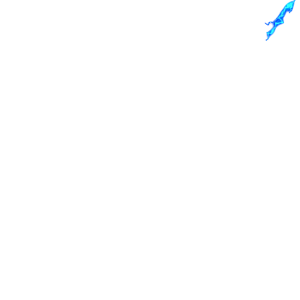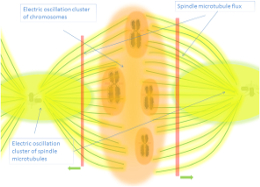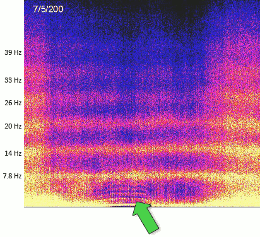

Biophotons & Acupunture Meridians
The meridias system is like a highway for biophotonic transit
Biophotons, ultra-weak photon emissions from biological systems, are integral to cellular communication and systemic coherence. Recent research highlights their relationship with acupuncture meridians, suggesting meridians may act as conduits for biophotonic signaling. ...
This section synthesizes evidence of biophoton generation, their interaction with electromagnetic fields (EMFs), and their role in biological regulation, emphasizing implications for health and integrative medicine.
Biophotons, first described by Fritz-Albert Popp, are coherent ultra-weak photon emissions produced by biological systems. These emissions exhibit wavelength ranges from ultraviolet to near-infrared and are implicated in cellular signaling, DNA function, and systemic regulation. Acupuncture meridians—a network central to traditional Chinese medicine (TCM)—are hypothesized to facilitate biophotonic transmission, aligning with electromagnetic and systemic coherence theories. This section examines biophoton-meridian interactions and their significance for health and integrative medical practices.
Biophotons and Their Biological Basis:
Generation and Characteristics:
Biophotons originate from metabolic and oxidative processes, particularly in mitochondria and DNA (Popp et al., 2008).
They exhibit high coherence, enabling precise signaling and interaction with electromagnetic fields (van Wijk et al., 2010).
Functional Roles:
Cellular communication: Biophotons transmit information within and between cells, coordinating biochemical pathways.
Systemic coherence: They contribute to the synchronization of biological rhythms and processes, such as circadian cycles and tissue repair.
Acupuncture Meridians as Biophotonic Channels:
Structural Basis:
The primo vascular system, linked to acupuncture meridians, consists of networks of connective tissue and collagen fibers that exhibit waveguide properties (Soh et al., 2004).
Hydrogen-bonded water molecules within these structures enhance photon transport and coherence.
Experimental Evidence:
Studies using infrared thermal imaging and spectroscopy demonstrate lower light attenuation along meridians compared to non-meridian pathways (Yang et al., 2009).
Biophoton emissions increase during acupuncture stimulation, supporting their role in energy flow and systemic regulation (Slawinski et al., 2008).
Interaction with Electromagnetic Fields:
Coherence and Resonance:
Acupuncture points exhibit electromagnetic properties, resonating with endogenous EMFs and biophotons to facilitate energy and information flow (Gulyar et al., 2018).
These interactions align with quantum coherence theories, suggesting meridians act as macroscopic quantum channels.
Environmental and Therapeutic Impacts:
External EMFs, including low-level laser therapy and magneto-acupuncture, modulate biophotonic emissions, influencing systemic health (Evangelista et al., 2019).
Acupuncture meridians interact with natural EMFs, such as Schumann Resonances, contributing to biological adaptation and coherence (Han, 2011).
Implications for Health and Medicine:
Integrative Medicine:
Understanding biophoton dynamics offers insights into TCM practices, bridging Eastern and Western medical paradigms.
Biophotons provide a biophysical basis for acupuncture, reinforcing its role in energy modulation and systemic coherence.
Diagnostic and Therapeutic Potential:
Biophoton emissions serve as biomarkers for cellular health, offering non-invasive diagnostic tools for monitoring oxidative stress and metabolic states (Pagliaro et al., 2020).
Advances in photobiomodulation leverage biophotonic principles to enhance tissue repair and manage chronic conditions.
Discussion: The interplay between biophotons, acupuncture meridians, and electromagnetic fields underscores their collective role in maintaining biological coherence. Meridians serve as pathways for photon-based communication, integrating cellular activities and systemic regulation. Future research should explore their quantum biological properties, advancing understanding and applications in medicine.
Conclusion: Biophotons and their interaction with acupuncture meridians provide a foundational framework for understanding electromagnetic regulation in biological systems. These insights bridge traditional and modern medicine, offering novel avenues for diagnostics, therapy, and systemic health optimization.
Keywords: biophotons, acupuncture meridians, electromagnetic fields, primo vascular system, systemic coherence, integrative medicine, photobiomodulation.
-Text generated by AI superficially, for more specific but also more surprising data check the tables below-Very related sections:
↑ text updated (AI generated): 26/12/2024
↓ tables updated (Human): 02/12/2023
Endogenous Fields & Mind
 Biophotons & Acupunture Meridians
Biophotons & Acupunture Meridians
.
.
























